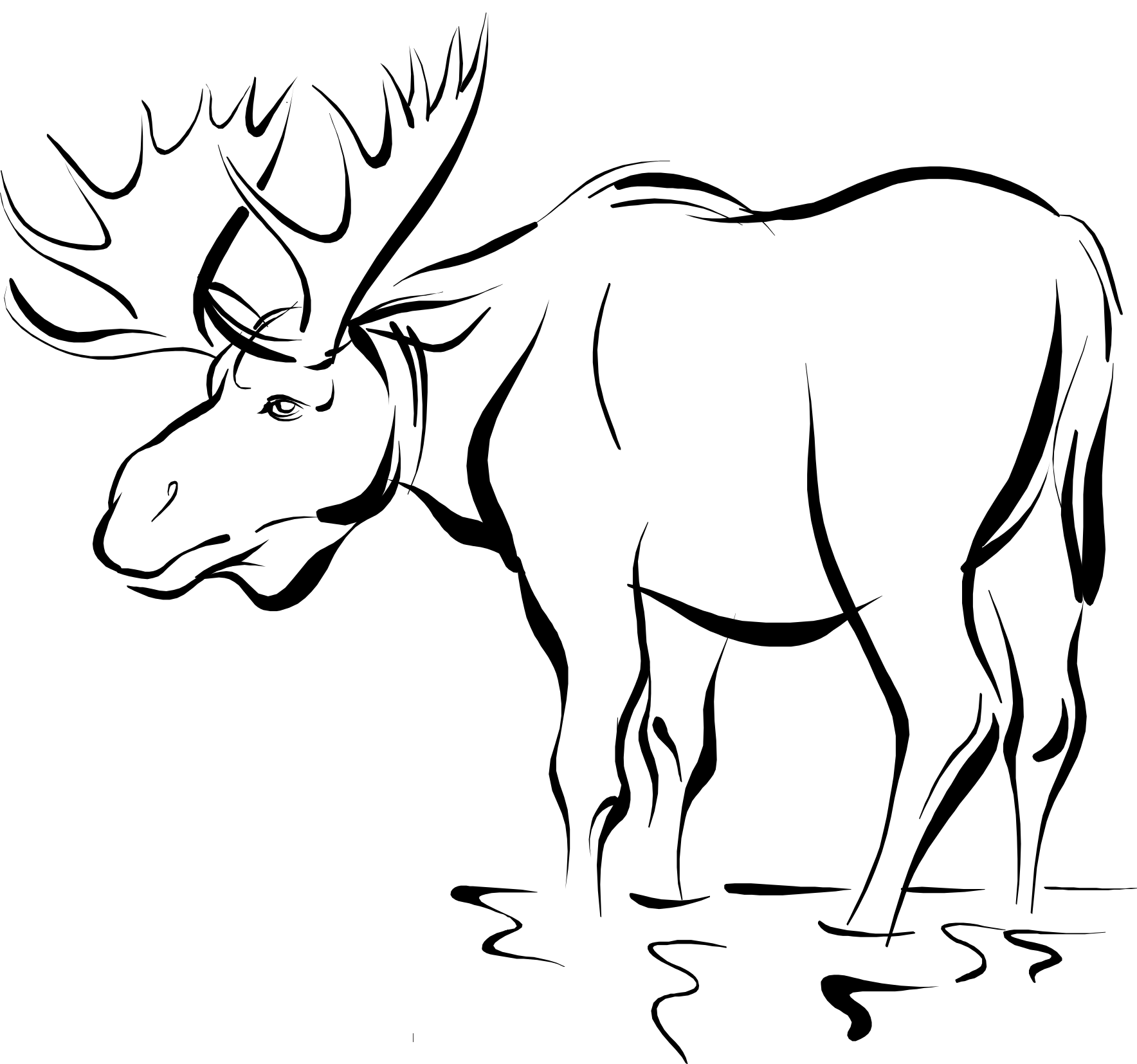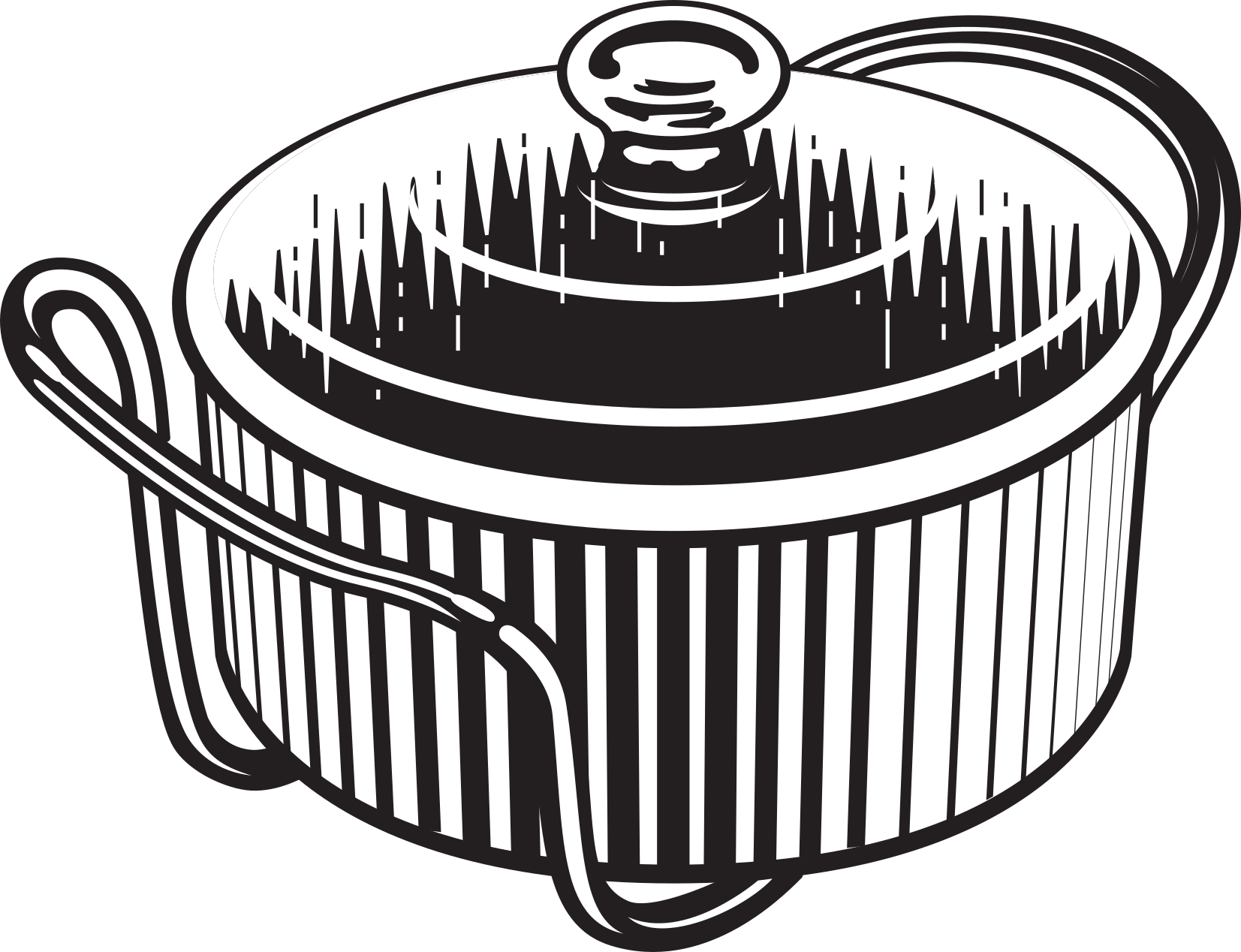Canning Caribou, Deer & Moose
FNH-00226 View this publication in PDF form to print or download.
Canning caribou, deer (venison) or moose meat has some real advantages. The tough cuts of meat are tenderized by the canning process. The canned meat can be made into a meal quickly. An example is to warm the canned meat and serve over rice with vegetables on the side. Another way is to make a quick stew by adding canned vegetables. There are lots of ways to enjoy canned meat.
The meat from wild game are low acid foods. These must be processed in a pressure canner to ensure safety. Clostridium botulinum bacteria causes serious food poisoning, which can lead to disability or death. This toxin cannot be seen, smelled or tasted! Only pressure canning produces temperatures high enough (240°F) to kill this bacteria. Put safety first when preparing and serving home-canned food. Follow research-based instructions for canning.
Prepare the jars and meat
Wash the Mason-type jars, rinse, and keep hot. Wash and set aside the two-piece lids and screw bands.
Choose high-quality wild game meat that has been handled safely throughout processing. Keep meat at 40°F or colder for no more than two days before canning. If meat must be held longer, then freeze it at 0°F or lower. Thaw in refrigerator before canning.
In a clean, cool, sanitized work area, trim meat of gristle, bruised spots and fat before canning. Cut meat into 3-inch-long, by ½-inch-wide strips or 1-inch-square cubes or chunks.
You must use a PRESSURE CANNER to can meat.
Soak strong-flavored wild meats for 1 hour in brine made of 1 tablespoon salt in 1 quart water. Rinse.
Two methods, hot pack and raw pack, are available for packing the jars. The hot pack is preferred for best liquid cover and quality during storage. The natural amount of fat and juices in today’s leaner meat cuts are usually not enough to cover most of the meat in raw packs.
Hot Pack — Precook or brown meat to the rare stage by roasting, stewing or browning in a small amount of fat. Pack hot meat loosely into hot jars, leaving 1 inch headspace. Add ½ teaspoon salt to pints and 1 teaspoon to quarts, if desired. Fill jar to 1 inch from top with boiling meat juices, broth, water or tomato juice (especially for wild game). Remove air bubbles by running a plastic knife or thin rubber spatula utensil around the edge of the jar, gently shifting the food so that any trapped air is released. Wipe jar rims. Adjust lids following manufacturer's instructions, and process as directed below.
To make broth, place bony pieces in saucepan. Cover with cold water. Simmer until meat is tender. Discard any fat. Add boiling broth to jars packed with pre-cooked or braised meat.
Raw Pack — Add ½ teaspoon salt to each pint jar and 1 teaspoon to quart jars, if desired. Pack raw meat in hot jars, leaving 1 inch headspace. Do not add liquid. Wipe jar rims. Adjust lids and process as directed below.
Prepare the Canner
Put 2 to 3 inches of water in the bottom of the pressure canner. Heat until the water is the same temperature as the jars so the jars will not break.
Process the Jars
Put the jars on a rack in the bottom of the canner. Put the canner lid on and fasten securely. Let the steam come through the vent hole or open petcock for at least 10 minutes. Close the vent or petcock. After the pressure reaches 11 pounds on a dial-gauge canner or the 10 pound weight begins to jiggle or rock on a weighted-gauge canner, start timing. Regulate heat to maintain a steady pressure. If you have a weighted-gauge canner, check canner manual to determine the amount of jiggling or rocking necessary for 10 pounds pressure.
Pints should be processed for 75 minutes and quarts for 90 minutes at 11 pounds of pressure in a dial-gauge canner or 10 pounds of pressure in a weighted-gauge canner for low altitudes. See chart below for recommended processing times at higher altitudes, or consult your local Extension agent for recommended times/pressures.
After the processing time is up, turn off the heat and let the pressure go down to zero. Then remove the weight from the vent port or open the petcock. Wait 10 minutes, then remove the pressure canner lid, tilting the far side of the lid up so that the steam does not go in your face.
Recommended process time and pressure setting for strips, cubes or chunks of meat
(hot or raw pack) based on canner type.
DIAL GAUGE: PSI based on altitude
| Style of Pack | Jar size | Process time | 0-2,000 feet | 2,001-4,000 feet | 4,001-6,000 feet | 6,001-8,000 feet |
|---|---|---|---|---|---|---|
| Hot and raw | Pints | 75 minutes | 11 pounds | 12 pounds | 13 pounds | 14 pounds |
| Quarts | 90 minutes | 11 pounds | 12 pounds | 13 pounds | 14 pounds |
WEIGHTED GAUGE: PSI based on altitude
| Style of pack | Jar size | Process time | 0-1,000 feet | Above 1,000 feet |
|---|---|---|---|---|
| Hot and raw | Pints | 75 minutes | 10 pounds | 15 pounds |
| Quarts | 90 minutes | 10 pounds | 15 pounds |
Test the seal
Take the jars out of the canner upright, one at a time, using tongs or a jar lifter. Place on a towel or wood surface. Let the jars cool at room temperature. As the jars cool, they will seal. After the jars have cooled for 12 hours, test the seal by tapping the jar lids with a metal spoon. A ringing metal sound is caused by a vacuum inside the jar. The center of the lid should be pulled down. It should not move when pressed with a finger.
If a jar is not sealed, refrigerate and use the meat within five days. Or, you may freeze for future use. Adjust headspace to 1½ inches to avoid breakage in freezing. Another option is to reprocess the meat. This may be done within 24 hours after processing time ended. A new lid is needed for reprocessing. First, check sealing surface on the jar for tiny nicks. If a nick is found, use a new jar as well as a new lid. Heat the jar, add the heated meat, then pour in the boiling liquid and follow the same process for canning meat.
Storage
Wash surfaces of jars. Label with the date, canning process and the jar contents. Remove screw bands so they do not rust. When jars are dry, store in a cool, dry, dark place. For best quality, use within 1 year.
When ready to use canned meat, examine for signs of spoilage. Before moving the jar, look for streaks of dried food on the outside. Look at the inside for signs of rising air bubbles, cloudy canning liquid or unnatural color. Upon opening the jar, look for spurting liquid or mold growth on surface of food or under the lid. Smell for off odors. Discard if improperly processed or spoiled.
Using Canned Meat
There are many ways to serve canned meat in tasty hot dishes. Most of the recipes given here can be varied to suit your family preferences and to use what you have available. Spices, herbs, chopped onion or green pepper, different vegetables or celery may be used if desired. Rice, potatoes, macaroni or noodles work equally well. Use what you like best; the amount depends upon how far you need to stretch the recipe.
When milk is called for, you may use mixed nonfat dry milk. Or add the nonfat dry milk as a powder to the flour before mixing in any water when you are making biscuits, dumplings or bread. Remember to increase the amount of water you add by whatever measure the dry milk called for.
Dried onion, pepper or celery flakes may be used. Dried vegetables are easy to store and are quite flavorful. About 4 tablespoons of flakes soaked in ⅓ cup cold water will make ½ cup of the vegetable. Dried potatoes or potato flakes may also be used instead of fresh. If you and your family like a particular flavor, add more.
Use the liquid in which vegetables or meat were cooked or canned instead of water. This adds nutrients and flavor to the recipe.
Recipes for Canned Meat
To be extra safe, boil home-canned meat before eating or using in recipes. Remove meat from the jar, place in pan, add water, if needed; be certain meat is covered with water, then boil for 10 to 15 minutes.
Cheesy Meat Casserole
- ¾ pound macaroni
- 1 can cream soup
- 1 cup milk
- 1 pint jar (2 cups) canned meat
- ¼ pound grated cheese
Cook macaroni according to package directions. Drain. Mix cream soup and milk in a casserole. Stir in cooked macaroni, cut-up canned meat and grated cheese.
Bake at 350°F until bubbly, about 15 minutes. Serves 6.
Meat Stew
- 6 cups cooked vegetables
- ¼ cup flour
- 1 cup cold water or milk
- 1 pint jar (2 cups) canned meat
- dash salt
- dash pepper
Place vegetables and meat in a large pot. Cover with 4 cups water, meat juice or vegetable juice. Bring to boil. Boil 10 minutes. Add flour mixed with cold water or milk. Add leftover gravy if available. Turn down heat and simmer to thicken. Season to taste. Serves 6.
Meat and Macaroni Bake
- ½ cup chopped onion
- ½ cup chopped celery
- 2 tablespoons fat
- 1 pint jar (2 cups) canned meat
- 1 pint jar (2 cups) canned tomatoes
- dash salt
- dash pepper
- 1 cup cooked macaroni
-
bread crumbs and cheese for topping (optional)
Cook onion and celery in fat. Add meat and tomatoes. Season with salt and pepper. Combine mixture with cooked macaroni in a casserole. Top with grated cheese or bread crumbs, if desired. Bake for 15 minutes at 350°F. Serves 6.
Quick Stew
- 1 tablespoon fat
- 1 chopped onion
- 1 pint jar (2 cups) canned meat
- 1 pint jar (2 cups) canned potatoes
- 1 pint jar (2 cups) canned carrots
- 1 pint jar (2 cups) canned tomatoes
- 1 chopped onion
- 1 tablespoon fat
- salt to taste
- ¼ cup flour
- ½ cup water
Melt fat in a 4-quart saucepan. Add onion and cook until soft. Add meat, potatoes, carrots and tomatoes. Combine flour in water. After the mixture boils for at least 10 minutes, add the flour and water mixture and cook until thickened. Season to taste. Serves 6.
Research on food preservation is an ongoing process. Recommended process times for this publication were taken from the electronic version of the USDA Complete Guide to Home Canning, currently available at https://nchfp.uga.edu/resources/category/usda-guide. Consult your local Cooperative Extension office annually for updated information.
Leslie Shallcross, Extension faculty, Health, Home and Family Development. Originally prepared by Marguerite Stetson and Ellen Ayotte, former Extension Home Economists.
Revised June 2025
